17 Jun Element of Design: Lighting
Though lighting may not come immediately to mind when speaking about interior design, the way we illuminate our homes has a substantial impact on our rooms’ feel, functionality, and comfort levels. However, lighting isn’t just a matter of function anymore; it’s a fun and exciting way to add more depth to your overall design project.
When creating a lighting scheme, I start with the big picture: how will my clients’ use the room and what atmosphere do they want to create? Then I zero down to very specific lighting desires, like where to place lamps. For example, the kitchen below has an overall roomy and welcoming feel because of how bright we made the lighting, including ceiling cans, under cabinet lights, and directional can lights that we rotated to shine where other lights wouldn’t. There are no dark corners and it is easy to see what you are doing.
A good lighting plan takes into account a 24-hour timeframe. You should be able to use a room the way you need to no matter how much natural light you have. Your lighting scheme should also highlight focal points in your design and create some drama or atmosphere throughout the day. Layering your lighting gives you the flexibility to choose which elements you want on or off throughout the day. I put all my clients’ lights on dimmers so they can control brightness; they can easily turn down lights during the day, and turn them back up at night. Below is a dining room that is very well lit during the day because of all the windows, but at night the hanging lamps have no trouble illuminating the table, and directional cans keep the art front and center.
First Layer
When designing a lighting scheme, I consider functionality first, creating a base layer that will serve all visibility needs; otherwise the room will be difficult to use. Ceiling cans provide overall illumination, while under cabinet lights provide task lighting for work spaces, like the kitchen below. Lights can also be placed under stove hoods.
Second Layer
For the second layer, I focus on creating focal points and atmosphere with more specific lighting. Directional cans, rope lighting and art lights fall into this category. Below, wall-mounted, pivoting art lights allow for flexibility in switching out paintings.
Third layer
The final layer is very detail-oriented, and for my part the most fun, taking into account not just the type of light but also the lighting fixtures themselves. Decorative fixtures serve dual purposes; with a plethora of styles, sizes, materials and finishes, the nearly unlimited options give you the chance to add extra style and personality to your space. Below I used a bar-shaped light to illuminate the dining table instead of a chandelier or multiple hanging lamps, matching the angular style of this condo and creating a unique look.
In the basement below, I incorporated metal into the overall design, and used these hanging fixtures to bring in that metal element as well. Their reflective, faceted surface brings bling into the space and throws that lovely texture up on the ceiling.
Without proper lighting, even a gorgeous interior can lack the impact it was meant to have. Bring both function and style to the table when designing your lighting, and have some fun with it! For more advice on lighting schemes, send us an email or give us a call at (317) 507-9358.












No Comments